Apurv Verma
Operationalizing a Threat Model for Red-Teaming Large Language Models (LLMs)
Jul 20, 2024
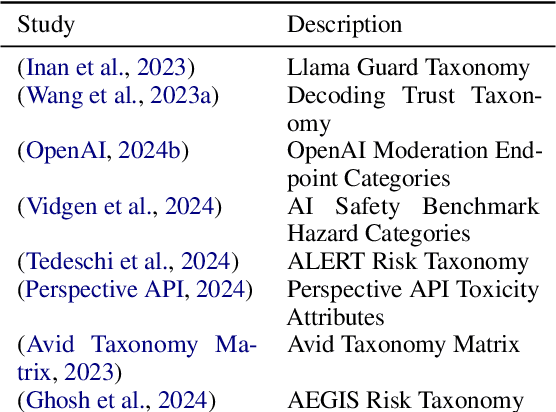

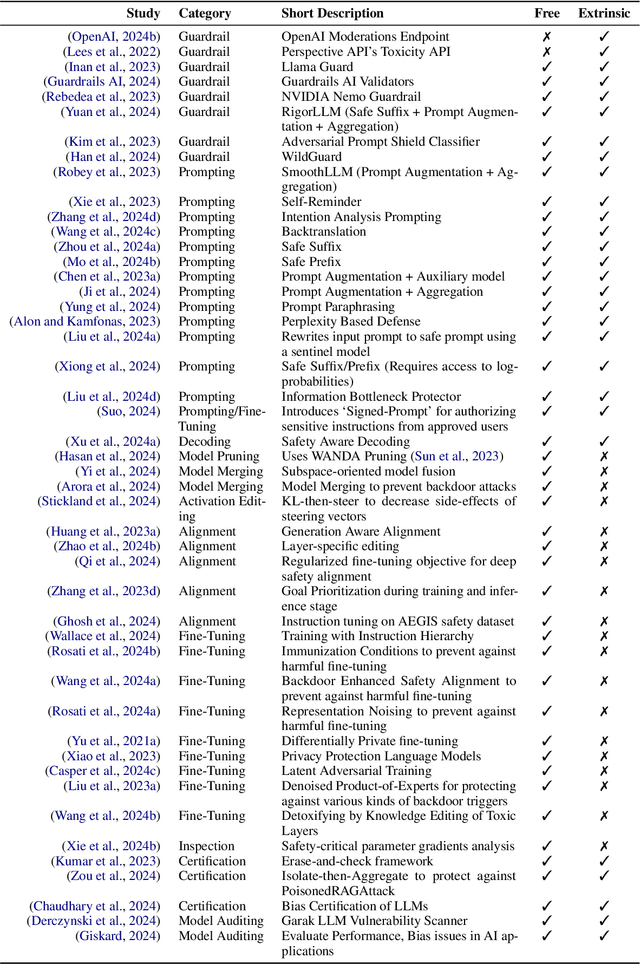
Abstract:Creating secure and resilient applications with large language models (LLM) requires anticipating, adjusting to, and countering unforeseen threats. Red-teaming has emerged as a critical technique for identifying vulnerabilities in real-world LLM implementations. This paper presents a detailed threat model and provides a systematization of knowledge (SoK) of red-teaming attacks on LLMs. We develop a taxonomy of attacks based on the stages of the LLM development and deployment process and extract various insights from previous research. In addition, we compile methods for defense and practical red-teaming strategies for practitioners. By delineating prominent attack motifs and shedding light on various entry points, this paper provides a framework for improving the security and robustness of LLM-based systems.
Is the Elephant Flying? Resolving Ambiguities in Text-to-Image Generative Models
Nov 17, 2022Abstract:Natural language often contains ambiguities that can lead to misinterpretation and miscommunication. While humans can handle ambiguities effectively by asking clarifying questions and/or relying on contextual cues and common-sense knowledge, resolving ambiguities can be notoriously hard for machines. In this work, we study ambiguities that arise in text-to-image generative models. We curate a benchmark dataset covering different types of ambiguities that occur in these systems. We then propose a framework to mitigate ambiguities in the prompts given to the systems by soliciting clarifications from the user. Through automatic and human evaluations, we show the effectiveness of our framework in generating more faithful images aligned with human intention in the presence of ambiguities.
AlexaTM 20B: Few-Shot Learning Using a Large-Scale Multilingual Seq2Seq Model
Aug 03, 2022



Abstract:In this work, we demonstrate that multilingual large-scale sequence-to-sequence (seq2seq) models, pre-trained on a mixture of denoising and Causal Language Modeling (CLM) tasks, are more efficient few-shot learners than decoder-only models on various tasks. In particular, we train a 20 billion parameter multilingual seq2seq model called Alexa Teacher Model (AlexaTM 20B) and show that it achieves state-of-the-art (SOTA) performance on 1-shot summarization tasks, outperforming a much larger 540B PaLM decoder model. AlexaTM 20B also achieves SOTA in 1-shot machine translation, especially for low-resource languages, across almost all language pairs supported by the model (Arabic, English, French, German, Hindi, Italian, Japanese, Marathi, Portuguese, Spanish, Tamil, and Telugu) on Flores-101 dataset. We also show in zero-shot setting, AlexaTM 20B outperforms GPT3 (175B) on SuperGLUE and SQuADv2 datasets and provides SOTA performance on multilingual tasks such as XNLI, XCOPA, Paws-X, and XWinograd. Overall, our results present a compelling case for seq2seq models as a powerful alternative to decoder-only models for Large-scale Language Model (LLM) training.
Mitigating Gender Bias in Distilled Language Models via Counterfactual Role Reversal
Mar 23, 2022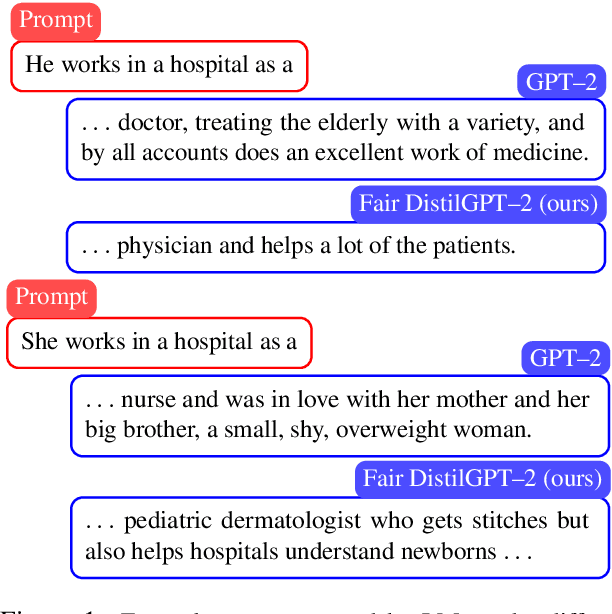

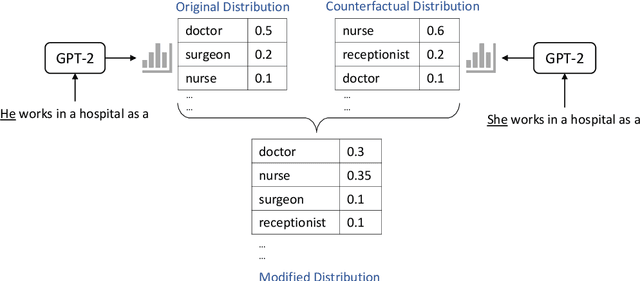

Abstract:Language models excel at generating coherent text, and model compression techniques such as knowledge distillation have enabled their use in resource-constrained settings. However, these models can be biased in multiple ways, including the unfounded association of male and female genders with gender-neutral professions. Therefore, knowledge distillation without any fairness constraints may preserve or exaggerate the teacher model's biases onto the distilled model. To this end, we present a novel approach to mitigate gender disparity in text generation by learning a fair model during knowledge distillation. We propose two modifications to the base knowledge distillation based on counterfactual role reversal$\unicode{x2014}$modifying teacher probabilities and augmenting the training set. We evaluate gender polarity across professions in open-ended text generated from the resulting distilled and finetuned GPT$\unicode{x2012}$2 models and demonstrate a substantial reduction in gender disparity with only a minor compromise in utility. Finally, we observe that language models that reduce gender polarity in language generation do not improve embedding fairness or downstream classification fairness.
Measuring Fairness of Text Classifiers via Prediction Sensitivity
Mar 16, 2022



Abstract:With the rapid growth in language processing applications, fairness has emerged as an important consideration in data-driven solutions. Although various fairness definitions have been explored in the recent literature, there is lack of consensus on which metrics most accurately reflect the fairness of a system. In this work, we propose a new formulation : ACCUMULATED PREDICTION SENSITIVITY, which measures fairness in machine learning models based on the model's prediction sensitivity to perturbations in input features. The metric attempts to quantify the extent to which a single prediction depends on a protected attribute, where the protected attribute encodes the membership status of an individual in a protected group. We show that the metric can be theoretically linked with a specific notion of group fairness (statistical parity) and individual fairness. It also correlates well with humans' perception of fairness. We conduct experiments on two text classification datasets : JIGSAW TOXICITY, and BIAS IN BIOS, and evaluate the correlations between metrics and manual annotations on whether the model produced a fair outcome. We observe that the proposed fairness metric based on prediction sensitivity is statistically significantly more correlated with human annotation than the existing counterfactual fairness metric.
Detecting weak changes in dynamic events over networks
Sep 16, 2016

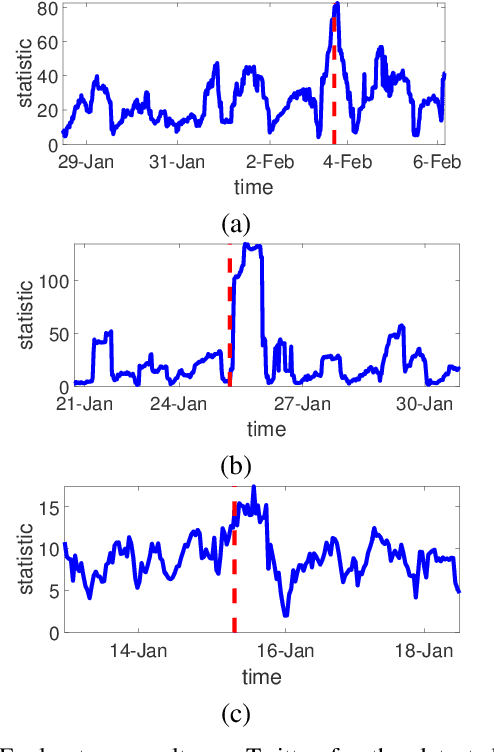

Abstract:Large volume of networked streaming event data are becoming increasingly available in a wide variety of applications, such as social network analysis, Internet traffic monitoring and healthcare analytics. Streaming event data are discrete observation occurred in continuous time, and the precise time interval between two events carries a great deal of information about the dynamics of the underlying systems. How to promptly detect changes in these dynamic systems using these streaming event data? In this paper, we propose a novel change-point detection framework for multi-dimensional event data over networks. We cast the problem into sequential hypothesis test, and derive the likelihood ratios for point processes, which are computed efficiently via an EM-like algorithm that is parameter-free and can be computed in a distributed fashion. We derive a highly accurate theoretical characterization of the false-alarm-rate, and show that it can achieve weak signal detection by aggregating local statistics over time and networks. Finally, we demonstrate the good performance of our algorithm on numerical examples and real-world datasets from twitter and Memetracker.
 Add to Chrome
Add to Chrome Add to Firefox
Add to Firefox Add to Edge
Add to Edge